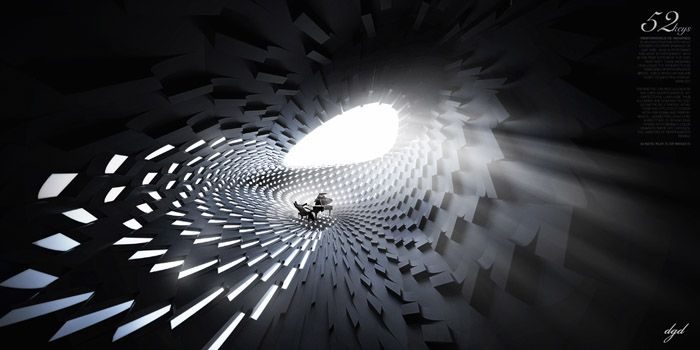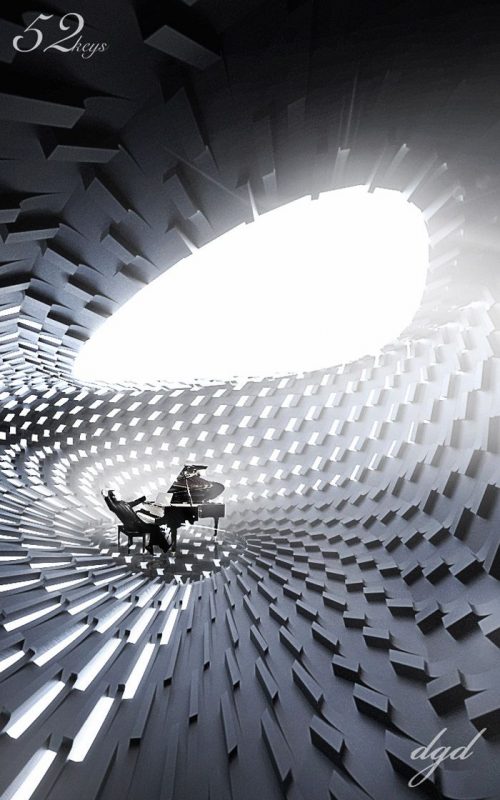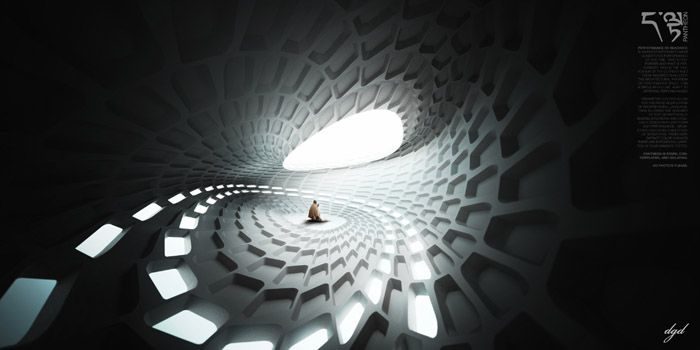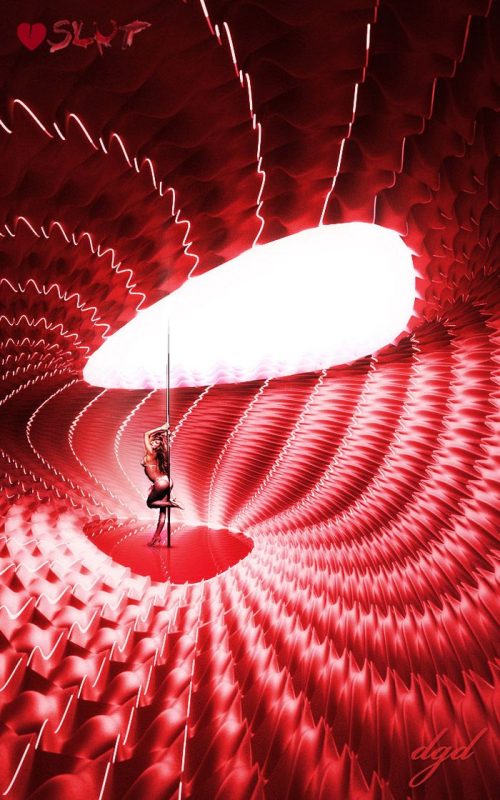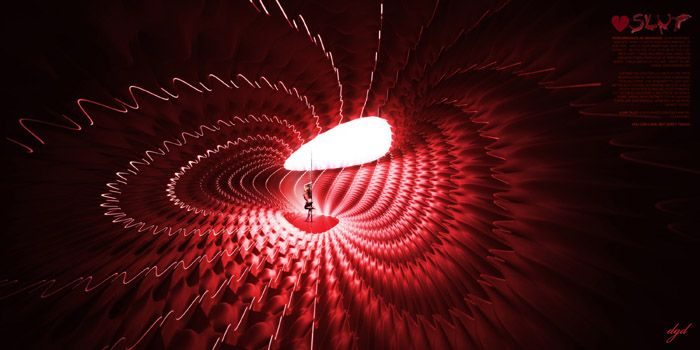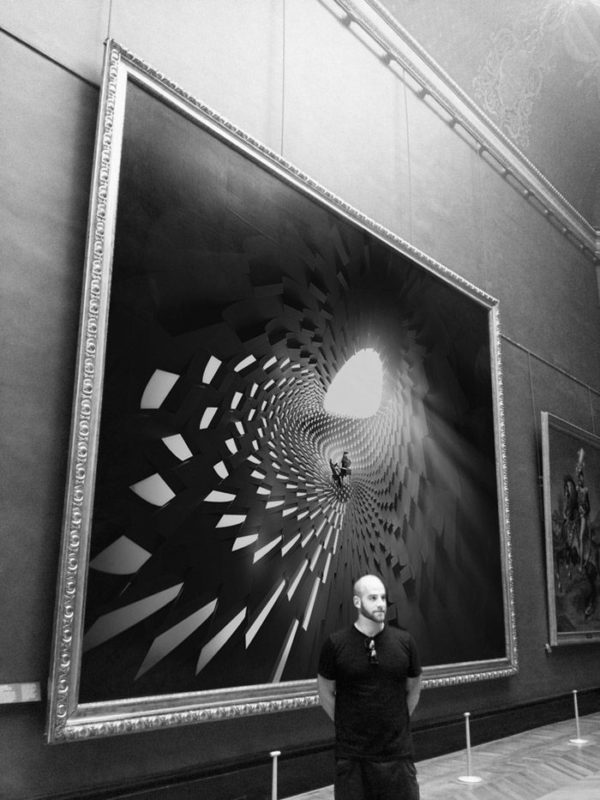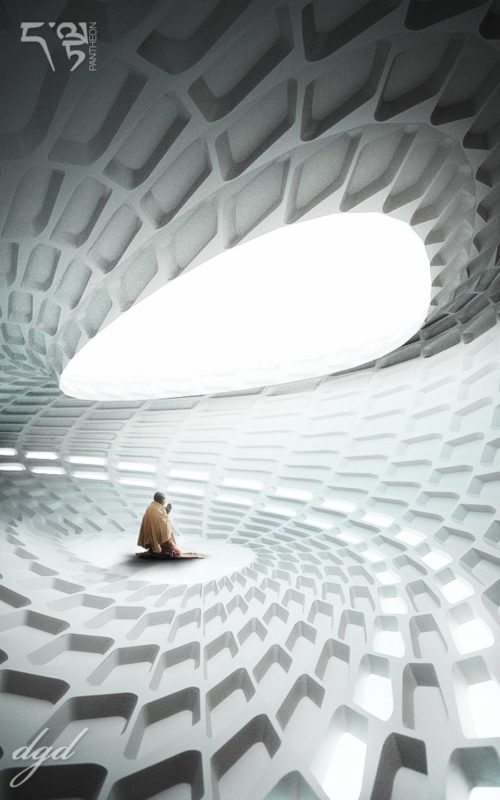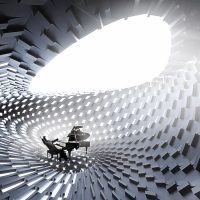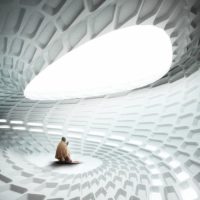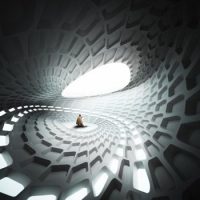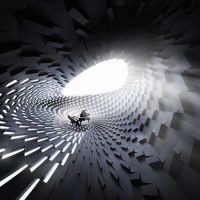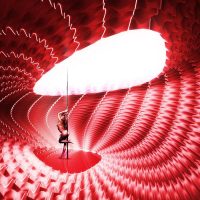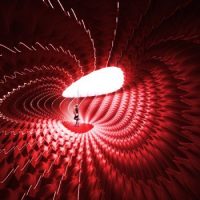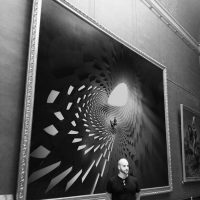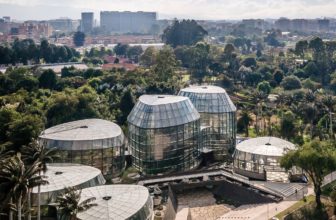PERFORMANCE RE-IMAGINED is an investigation into what constitutes performance of our time. Who is performer and what is performed? Who is the true voyeur of the current age? These inquiries challenge the architectural paradigm of performance space. Similarly to how photography captures an event, celebrating a specific moment in time, the act of designing a space or spaces for ‘performance’, however banal, allow the ‘voyeur’ to reclaim these events and understand their role in the performance itself. As human beings we spend the majority of our time passively observing; tourists of our own lives.
We have all paused to watch the sunlight pass through the wind touched leaves of a tree; aren’t these un-choreographed concerts a performance equal to or greater than one involving a ticket purchase?
 Computational methodology: Parametric utilities allow for the rapid modification of architectural language, thus allowing the designer to test geometrically diverse situations and cyclically design both per-form and performance. Throughout history designers have always created multiple versions of their designs, which we refer to as design evolution. Internal and external influences are constantly in flux during the design process and the inclusion or exclusion of these factors and how they are included or excluded became the designers only tools. Before parametrics or ‘BP’, a designer created a static model or drawing, where in order to include or exclude information the model or drawing would have to be re-created or re-drawn in part or in its entirety. Factors were either added to, or removed from the design. Parametric tools facilitate design logic to be ‘infused’ or ‘distilled’ not merely added or subtracted.
Computational methodology: Parametric utilities allow for the rapid modification of architectural language, thus allowing the designer to test geometrically diverse situations and cyclically design both per-form and performance. Throughout history designers have always created multiple versions of their designs, which we refer to as design evolution. Internal and external influences are constantly in flux during the design process and the inclusion or exclusion of these factors and how they are included or excluded became the designers only tools. Before parametrics or ‘BP’, a designer created a static model or drawing, where in order to include or exclude information the model or drawing would have to be re-created or re-drawn in part or in its entirety. Factors were either added to, or removed from the design. Parametric tools facilitate design logic to be ‘infused’ or ‘distilled’ not merely added or subtracted.
Geometry exploration: This volumetric series begins as an attempt to exploit parametric design methodologies to rapidly create different spacial and geometric qualities asking the question can a singular volume adapt to differing performances or should performance adapt to a singular volume? Throughout the design process the base geometry is retained and only the subdivision logic, populated geometry and color are changed. Using rhino and grasshopper the base geometry is a series of circles defined by center point, vector direction, height and diameter. In order to create a more dynamic spacial condition circles are rebuilt using varying control points and scaled with x/y directionality which maintains a geometry that is familiar, yet creates multiple localized pinch and swell isocurve conditions, exploiting depth, dimension and spatial qualities. Throughout this exercise the base surface and resulting volume scientifically remains a constant base datum in which to test from.
Throughout the design process the base geometry is retained and only the subdivision logic, populated geometry and color are changed. Using rhino and grasshopper the base geometry is a series of circles defined by center point, vector direction, height and diameter. In order to create a more dynamic spacial condition circles are rebuilt using varying control points and scaled with x/y directionality which maintains a geometry that is familiar, yet creates multiple localized pinch and swell isocurve conditions, exploiting depth, dimension and spatial qualities. Throughout this exercise the base surface and resulting volume scientifically remains a constant base datum in which to test from.
In grasshopper the datum surface is then subdivided in the x/y direction or variations thereof. In all three designs decisions were made to increase subdivisions to both computational, and geometric extremes, effectively creating a high resolution space. The preliminary hypothesis tested was; If there is a higher quantity of subdivisions, then the focus is less on the geometry/architectural space and more on the performer. In addition, using a doubly curved base surface as input, the shape of space is compromised in a low resolution or minimal subdivision logic. Therefore, the lower the subdivision resolution, regardless of the populated geometry, the less likely the volume will be an accurate representation of the original surface and thus, becomes more visually imposing, detracting from the performance itself. For example, stretching/elongating the subdivisions in the Y direction by reducing the quantity, creates more dramatic and problematic geometric conflicts given the original base surface. Therefore if the divisions are to be reduced it is a geometrically better design solution to do so in the X direction, as is exposed in the design of 52KEYS: PLAY IT, OR WEIGH IT.
 Geometric Population: Once subdivided, the base geometry is then populated with manually constructed geometry using a simple grasshopper definition that morphs geometry based on volumetric coordinate points to the corresponding subdivisions. With respect to geometric primitives, an angular, rectilinear and fluid geometry were populated and tested on the base surface. The angle or triangle, curve and rectangle are the three most varying geometric identities and thus have the clearest differences in resulting geometric output. Understanding that these types of geometries evoke certain emotive feelings and memories each typology was rendered in grey scale to further evaluate the geometric influence on spatial conditions. Evolutionary modifications of the subdivisions in order to solve populated geometry conflicts ensued until an optimal design resulted.
Geometric Population: Once subdivided, the base geometry is then populated with manually constructed geometry using a simple grasshopper definition that morphs geometry based on volumetric coordinate points to the corresponding subdivisions. With respect to geometric primitives, an angular, rectilinear and fluid geometry were populated and tested on the base surface. The angle or triangle, curve and rectangle are the three most varying geometric identities and thus have the clearest differences in resulting geometric output. Understanding that these types of geometries evoke certain emotive feelings and memories each typology was rendered in grey scale to further evaluate the geometric influence on spatial conditions. Evolutionary modifications of the subdivisions in order to solve populated geometry conflicts ensued until an optimal design resulted.
Design effect and re-evaluation: Designed beginning with the geometric primitive Circle, inherently eliminates emphasis on the ‘edge’ allowing focus to be targeted on the performer/performance. Architectural space in this performance is experienced not as a frame with four walls, ceiling, and floor but rather a container of focused geometry. Each populated geometry evokes a different sensation. The stoic feeling of the angular recessed geometry in ‘PANTHEON’ re-called a certain familiarity with the dome, light, and space of it’s predecessor therefore a textured white material was selected that also relates to the subdued and contemplative nature of the performance contained within. ‘LOVE SLUT’ is a more fluid or biologic populated geometry which is more human in its sensation, so a blood red was an obvious choice. Colors white, black, and red were used to heighten the geometric effects and create a more complete environment. Once colors were paired with representational geometries another set of renderings were produced in order to continually evaluate the environment. Once the designs were finalized ideas were generated as to what types of performances would/could be held in these spaces.
 PANTHEON: NO PHOTOS PLEASE: The monk praying in ‘PANTHEON’ is a clear depiction of the distance and awe we have for the religion. As passive viewers of the traditional tibetan chanting rituals we are so far removed from both the practice and the ideology behind this practice. In this regard we are relegated to merely watching and contemplating. The title ‘PANTHEON’ metaphorically relates to both the geometric design, singular light source as well as the religious performance contained within.
PANTHEON: NO PHOTOS PLEASE: The monk praying in ‘PANTHEON’ is a clear depiction of the distance and awe we have for the religion. As passive viewers of the traditional tibetan chanting rituals we are so far removed from both the practice and the ideology behind this practice. In this regard we are relegated to merely watching and contemplating. The title ‘PANTHEON’ metaphorically relates to both the geometric design, singular light source as well as the religious performance contained within.
LOVE SLUT: LOOK, BUT DON’T TOUCH: An overtly saturated red fluid environment elicits a certain sexuality, and as in ‘PANTHEON’ the contained performance is one where the viewer is strictly regulated to a visual experience. The movement and eroticism of the human body is one of the most powerful performances humans experience.
52 KEYS: PLAY IT, OR WEIGH IT. Upon evaluation of the final design the geometry and glossy black environment has an elegance to it, similarly to the keys of a concert pianist. By including the pianist within the space the viewer can begin to imagine many different sensations not merely visual or audable. The entire environment becomes a sensory performance. This series is less about the complexity and investigation of parametric softwares capabilities, but more a design methodology, process and resultant evaluation. By using a scientific approach, changing only singular variables, it’s possible to study the effect of each design decision and the resulting ‘performance’.
- Designed by © Daniel Gillen – Visual Effects by © Philipp Ohnesorge
- Designed by © Daniel Gillen – Visual Effects by © Philipp Ohnesorge
- Designed by © Daniel Gillen – Visual Effects by © Philipp Ohnesorge
- Designed by © Daniel Gillen – Visual Effects by © Philipp Ohnesorge
- Designed by © Daniel Gillen – Visual Effects by © Philipp Ohnesorge
- Designed by © Daniel Gillen – Visual Effects by © Philipp Ohnesorge
- Designed by © Daniel Gillen – Visual Effects by © Philipp Ohnesorge


